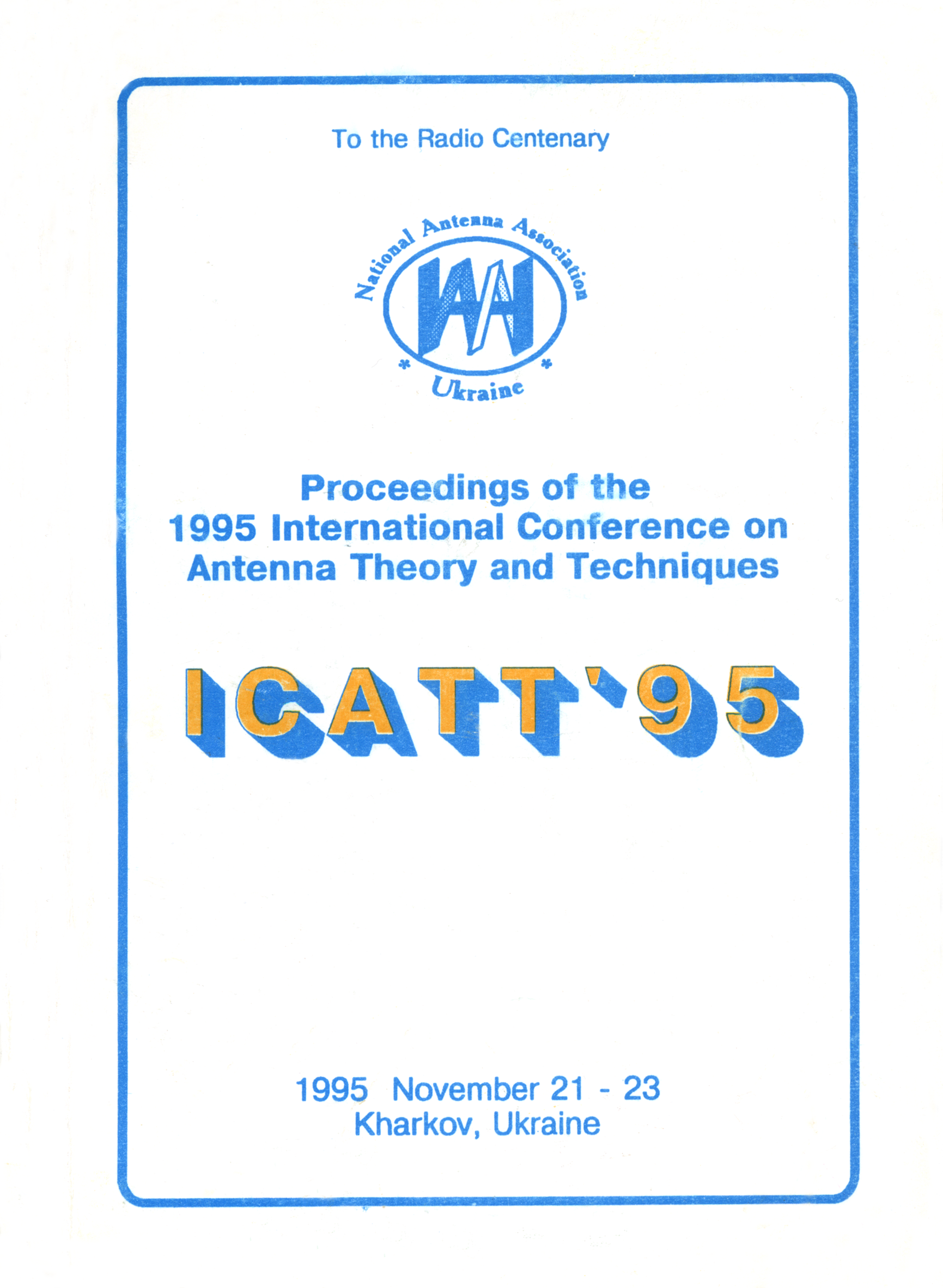Super-resolution obtained by the fast Fourier transform method
DOI:
https://doi.org/10.1109/ICATT.1995.1234148Abstract
The analysis of the possibility to apply a complete (fractional) system of orthogonal beams that are obtained by the fast discrete Fourier transform for organizing the adaptation to an interference situation and creation of super-resolution algorithms is presented.
It is shown that such an algorithm allows to realize a potentially obtainable suppression of the interference received from the direction different from the phasing direction, during a single iteration. Iteration cost is estimated of the order MNlog2N of operations of complex multiplication, where N is the number of channels in the array, and M is the number of signal samples.
The main advantage of the proposed algorithm of noise suppression over the traditional ones consists in the possibility to choose, during the operation, the quantity and the numbers (orientation) of partials participating in the adapting. This enables one to maintain the conditions for a useful signal reception without additional computations, and if required, not to disturb separate regions of sidelobes during the adaptation. The algorithm may be used jointly with a digital or analog pattern forming scheme (PFS) based on discrete exponential functions or the Walsh functions.
The inherent property of this algorithm of not suppressing a signal from the phasing direction allows to realize a super-resolution algorithm on its basis. The algorithm’s essence consists in the «pressing through» only the signal from the phasing direction but suppressing from all the others. The algorithm’s potential features differ very little from the traditional ones based on the correlation matrix inversion, but its realization requires considerably lesser amount of computations. For example, while the Capon algorithm (or a similar one) requires N3 operations for the matrix inversion and N2 operations for each point of the solution function plot, the proposed algorithm requires only Nlog2N operations to determine the space domain where a super-resolution is needed, and (3-5)N operations for each point of the solution function plot.
Numerical results demonstrating the algorithm’s potential features are presented for an 8-element phased array in different operating conditions.

